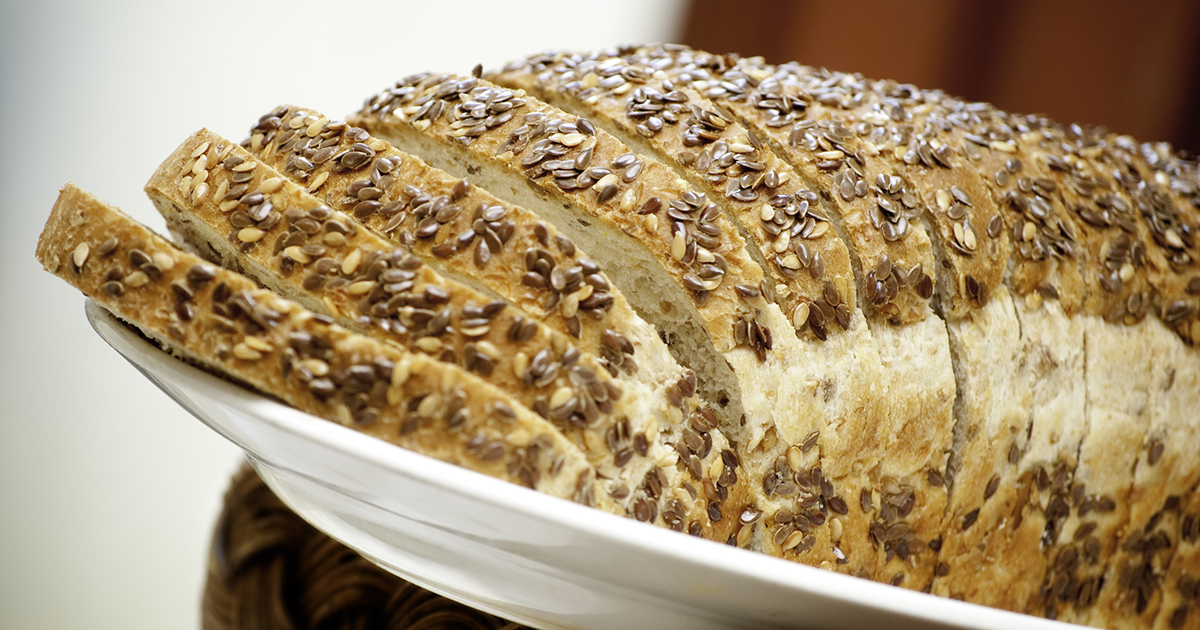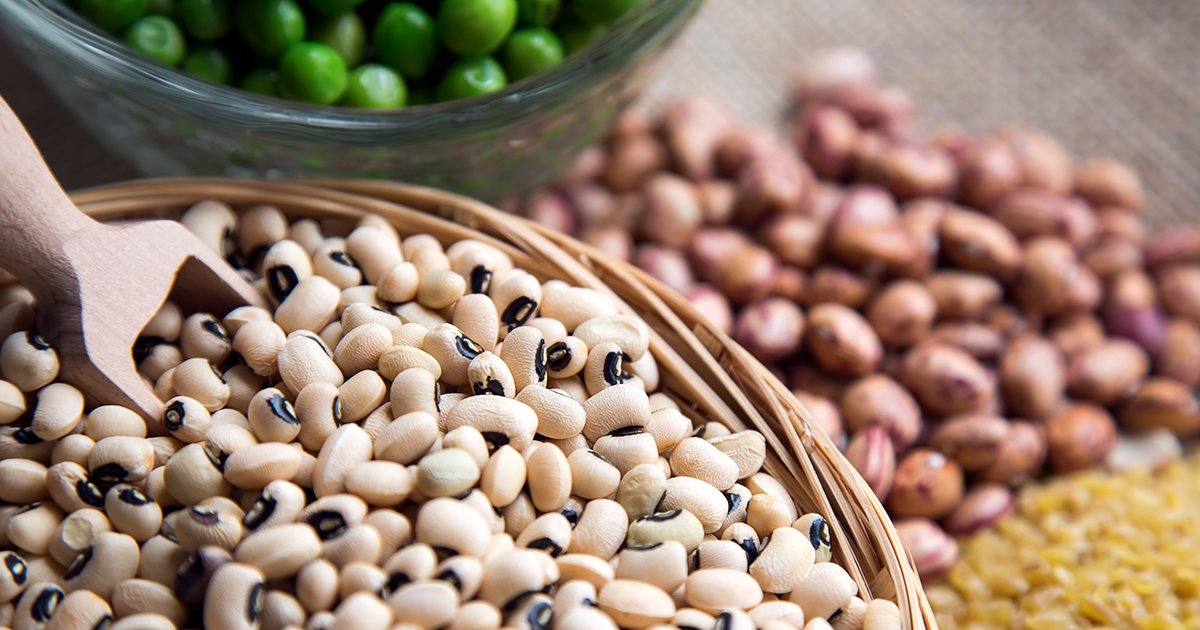Foods That Help Lower Blood Sugar
Balanced blood sugar is vital for maintaining optimal health and avoiding diabetes. If you already have diabetes, pancreatitis, hyperthyroidism, or Cushing’s syndrome, lowering your blood sugar is imperative. When pregnant, your sugar levels can rise and cause health risks for you and the baby. Physicians can check your blood sugar levels, or you can monitor it at home with a home blood sugar level testing kit. Although carbohydrates are broken down into glucose in the body when eaten to become an energy source, too much can cause health complications. Even if you do not have a condition related to blood sugar, it is possible to reap the health benefits of managing your blood sugar. Get to know precisely how to help lower blood sugar with food choices now.
Whole Fruits

When you eat foods high in sugar such as protein bars, canned fruit, or breakfast cereals, your blood sugar is substantially elevated. Even though protein bars make you feel full, they can contain over thirty grams of added sugar. Canned fruit has sugary syrup, and the can destroys the fruit's natural vitamins and minerals. Breakfast cereal is quick and easy to fix but contains over twelve grams of sugar in a one-ounce serving.
When trying to lower blood sugar, avoid eating processed and canned food, which tend to have added preservatives and a high amount of sugar. Instead, eat whole fruits such as apples, grapes, berries, and citrus fruits. You can also eat mango, pineapple, cantaloupe, and papaya. These fruits are both low in carbohydrates and rich in nutrients and fiber. Sour cherries will also help maintain blood sugar levels and protect against diabetes because they contain a chemical called anthocyanin, which gives food their natural red, purple, and blue coloring and staves off obesity.
Consider the next food that lowers blood sugar now.
Leafy Greens

Just because you need to lower your blood sugar does not mean your diet needs to be bland. Leafy vegetables will help keep blood sugar under control and offer you variety. Leafy greens are absorbed slowly into the bloodstream and do not produce a sugar rush. They have important nutrients vital to maintaining good health, fiber, and protein. Arugula and lettuce contain nitrates that help with reducing hypertension and lowering blood pressure as well.
In addition, spinach, mustard greens, and broccoli contain protein and assist with managing blood sugar. These vegetables are high in fiber and vitamins such as folate, vitamin C, niacin, riboflavin, and potassium. Besides lowering sugar, they provide nourishment to your entire body and give you energy. Leafy vegetables are natural forms of fuel that help regulate your body’s chemistry without added sugar. A diet with lots of greens can help prevent prediabetes and type 2 diabetes. If your blood sugar is high, eating green vegetables can reduce the amount of sugar in your blood quickly.
Continue to reveal the next food for lowering blood sugar now.
Whole Grains

Whole grains are an important part of a healthy diet, as they lower the risk of developing type 2 diabetes. These grains also reduce coronary heart disease, stroke, cancer, and obesity. When you eat food with high sugar content, it is absorbed into your digestive system within fifteen minutes, which causes blood sugar to become elevated and insulin levels to increase dramatically. The continuation of the process can lead to insulin resistance. However, a diet rich in whole grains provides dietary fiber and the necessary nutrients to slow the digestion of starch and reduce spikes in blood sugar.
When you eat oatmeal, brown rice, and refined grains your blood sugar is reduced. The antioxidants, fiber, and minerals also help with keeping your weight down. There are various types of grains to choose from, including millet, wild rice, quinoa, buckwheat, and sorghum. You can prepare these grains using a diverse range of cooking techniques and create delicious meals. These grains also contain phytochemicals, a bioactive non-nutrient that reduces the risk of many chronic diseases.
Keep reading to get the details on the next food that can help lower blood sugar.
Nonstarchy Vegetables

When you eat non-starchy vegetables, you deliver essential nutrients to your body without increasing glucose. These vegetables contain vitamins, minerals, fiber, and phytochemicals that assist with maintaining lower blood sugar. They supply your body with nutrients and improve your metabolism. Consuming artichokes, beets, carrots, and cucumbers also make you feel full and keep you hydrated. They are an excellent replacement for junk food filled with additives and ingredients that cause increases in insulin.
Non-starchy vegetables can be prepared in numerous ways, so you don’t get bored with your diet. If you have a medical condition contributed to high sugar, vegetables will help manage symptoms. Eat up to three servings during the day to control the amount of glucose in your blood. There are many vegetables to choose from, including Brussels sprouts, squash, spring onions, and celeriac. You can eat these vegetables raw or cook them, depending on your preference.
Continue to learn about the next food able to lower blood sugar.
Legumes

Adding legumes to your diet is another way to preserve stable blood sugar levels and conserve your health. Your blood glucose should be four to seven mmol/l before meals and less than ten mmol/l at least one to two hours after you eat. If your sugar elevates above these levels, take measures to change your diet. Legumes are the seeds or fruits of plants that are not difficult to digest and are high in protein, fiber, and minerals. They are also low in carbohydrates and do not contain cholesterol.
This food source is a resistant starch and does not release glucose in the small intestine. It is fermented in the large intestine by bacteria and acts as a laxative. You can decrease your glucose levels by eating kidney, navy, lima, and pinto beans, which will help manage your body’s sugar content when you eat them along with a balanced diet and exercise.